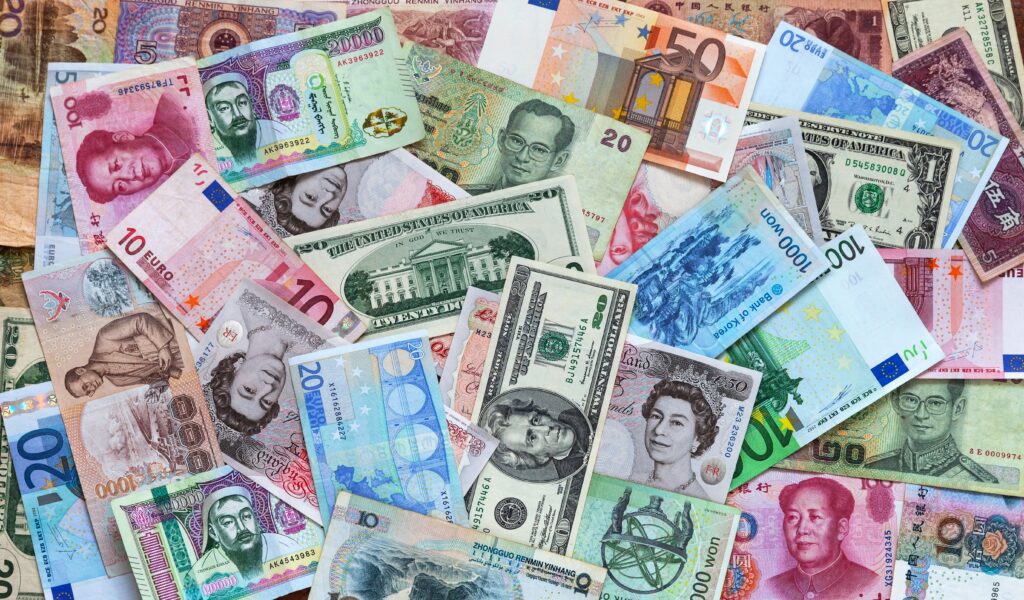Hawala: How Terrorists Move Their Money
On September 12, 2022, Spain’s Guardia Civil led a task force that brought down one of the largest terrorist money laundering networks in history. Investigators say it moved more than €200 million and funneled funds to violent actors across the globe. The operation, which began in early 2021, was triggered by a U.S. Treasury Department alert flagging suspicious economic activity tied to nightclubs in the UK and Spain — and even a vodka brand. What looked like legitimate businesses were actually shell companies, and when the operation concluded, three money launderers were arrested and eleven properties were seized.
It was a rare victory against a centuries-old economic system known as Hawala. This system — part cultural tradition, part underground finance — has proven remarkably resilient. Blending ancient trust-based practices with modern money laundering techniques, terrorist organizations have used Hawala to build vast networks that stretch across continents. Many of the people moving the money don’t even realize they’re part of a larger operation. And that is precisely what makes it so effective — and so difficult to stop.
Conventional Money Laundering
The term money laundering goes back to Al Capone’s Chicago mob in the early 20th century. To “clean” their illegal cash from bootlegging and gambling, Capone’s crew would buy cash-heavy businesses like laundromats, mix illicit proceeds with real sales, and pass it off as legitimate revenue. When Capone was eventually arrest...

